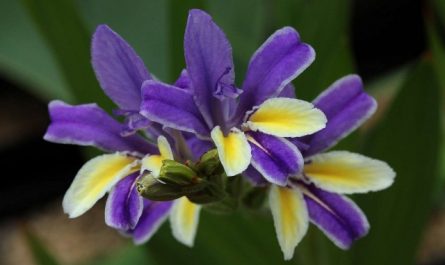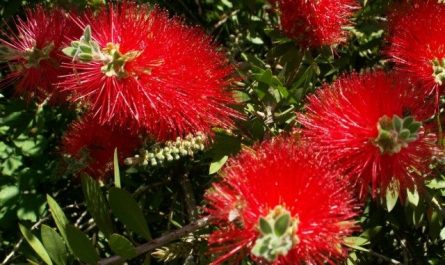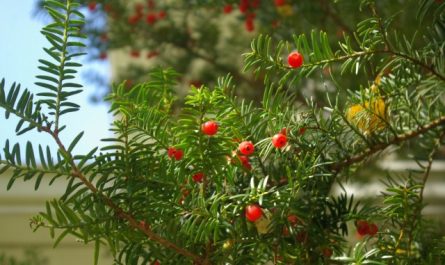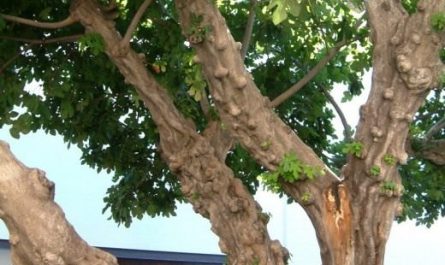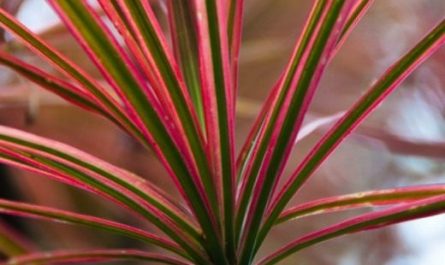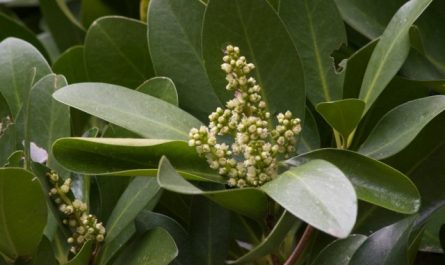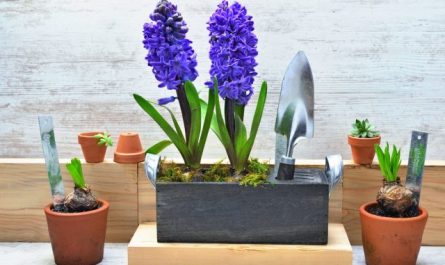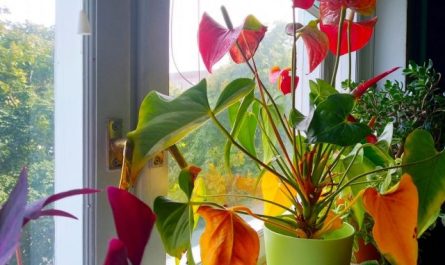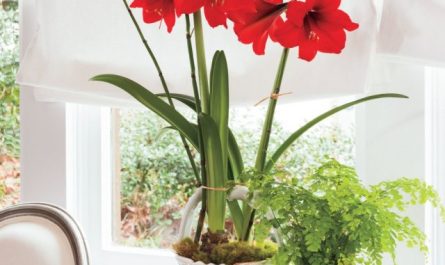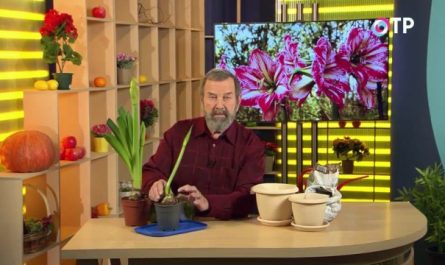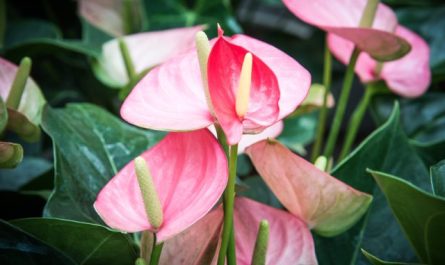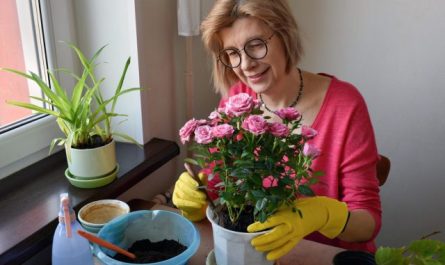Gloxinia is a stunningly beautiful plant of the Gesneriaceae family. Large, graceful gramophone flowers rise above the broad, velvety leaves gathered in a bunch on long, juicy peduncles, depending on the variety, painted in bright purple, blue, red, pink, white tones. Florists love gloxinia for its festive decorativeness, good assortment and variety of propagation methods. A new plant can be grown from seeds or vegetatively: from a flower stalk, by dividing a tuber, from a leaf and even part of a leaf blade. Some flower growers manage to grow an impressive number of magnificent gloxinias from two leaves.

Seed Reproduction
Gloxinia is grown very rarely by seeds, mainly in selection work or when propagating varietal specimens. When obtaining plants from seeds, it is necessary to take into account individual requirements for soil, temperature conditions, relative humidity and lighting.
It is preferable to use light soil for sowing, based on sand, peat (1 part each), perlite and vermiculite (1/2 part each). To improve its structure, it is advisable to add finely chopped sphagnum moss to the composition. Before sowing, the soil mixture should be disinfected with a weak solution of manganese.
The optimum temperature for seed germination is 20-25 ºС. Under these conditions, the first sprouts will appear within one to two weeks. If the temperature is lower than the optimum, seed germination may take up to a month.
Seedlings are very sensitive to fluctuations in air humidity, so when growing them, it is more practical to use a mini-greenhouse, as it is easier to create a microclimate in it that is comfortable for plants.
For the seeds to germinate faster, they need good lighting. They are sown on the surface of a well-moistened substrate, then placed under diffused sunlight. Artificial lighting with fluorescent lamps can be a good option. Watering should be done slowly so as not to wash away the seeds, which are very small in gloxinia. Drip irrigation or watering from a tray can be suitable for this.
Grown seedlings need picking, after which they begin to grow more intensively. Plants are picked twice: after a pair of true leaves appear and a month later.
Containers for planting a young plant are chosen small, 2-3 cm larger than the size of the leaf rosette. For an adult specimen, a flower pot with a diameter of 9-12 cm is suitable.
Gloxinia from seeds begins to bloom in about 4-5 months. It is recommended to remove the first buds, but for interest you can leave only one to admire the fabulous flower.
In the first year, the plant can do without a dormant period. Over the winter, it will stretch out a lot, but with the onset of spring, experienced gardeners recommend pruning, leaving only two leaves. With good sunlight, new shoots will grow quickly, become strong and powerful.
After 9-10 months, the seedlings will turn into adult plants, after which they can be used for propagation by one of the vegetative methods.
Many gardeners treat seeds in solutions of plant growth and development stimulants (Epin, Zircon) before sowing. In this case, it is important not to exceed the concentration of the solution, otherwise you can ruin the seeds. As practice has shown, the optimal solution is 1-2 drops of the preparation per 200 ml of water.

Propagation by leaf
Getting a new gloxinia from a leaf is the most convenient and promising method of propagation. Unfortunately, some varieties, for example, ‘Tigrina Pink’, are problematic to propagate in this way, as the leaf rots very quickly when in water.
Gloxinia is propagated vegetatively in June-July. After the leaf takes root, a tuber is formed, from which a beautiful flower will grow in the future. Small leaves take root faster than large ones, so large leaf blades can be divided into several parts and put to root.
The leaf cut with the petiole is placed in water. When roots appear, it is planted in the prepared soil mixture. Cover with a glass jar, but so that the edges of the leaf do not touch the walls, otherwise it may rot. It is better, of course, to place the seedling in a mini-greenhouse, it is easier to maintain the optimal humidity and temperature in it. It is better to water in a tray, then there will be a greater chance that a tuber will appear from the leaf.
The appearance of young leaves signals the growth of the tuber. From this moment on, it is necessary to regularly ventilate the greenhouse, accustoming the gloxinia to independent life. After the fourth pair of leaves grows, the plant is taken out of the greenhouse.

It often happens that the leaf does not die for a very long time, although a large tuber grows. Sometimes the tuber does not grow at all. This indicates that the leaf is getting fat. In this case, the leaf blade is cut by a third, and if it is large, then by half. The cut is treated with crushed activated carbon or preparations with antifungal and bactericidal action, for example, Fundazol. The cut part of the leaf does not need to be thrown away, it can be rooted.
Today, you can find a special hydrogel in the retail network – an artificial material of a jelly-like consistency, which contains growth stimulants and bactericidal additives that promote effective rooting of cuttings. The gel is poured into a glass container and a leaf is lowered into it. After root formation, the seedling is planted in an earthen substrate, in which its further development occurs.

